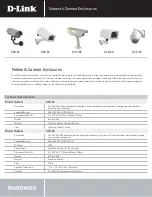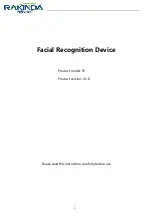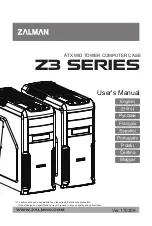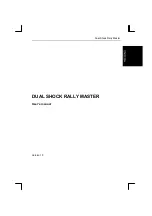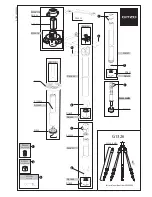
2
3
Preparing the Tubular Rim
If you are gluing a tire onto a rim that was previously prepared, scrape off as much old/loose
glue as possible and continue on as if it was a new rim (Figure 20).
1. Remove the tire from the rim and set it aside.
2. Place the wheel in the truing stand.
3. Put on the protective gloves.
4. Starting at the rim’s valve hole, lightly sand the surface of the entire tire bed with 120 grit.
Sanding removes remaining mold release and leave a texture for the glue to grip.
5. Apply a small amount of acetone to a clean rag (Figure 21).
6. Starting again at the rim’s valve hole, wipe the sanded area of the rim. This cleans the rim
so that it is ready for glue.
Figure 20. Lightly sand the surface of the
wheel bed. Wipe clean with
acetone on a clean rag.
Figure 21. Wipe the sanded area of the
rim with a clean rag and a small
amount of acetone and prepare
it for glue.
This is a multi-day procedure. On the fi rst day, you stretch the tire without glue. On following
days, you apply layers of glue that must completely dry (usually each layer dries for a full day)
as you prepare the rim and mount the tire.
Required Tools:
+
Truing stand
+
120 grit sand paper or emery cloth
+
Acid brush
+
Acetone
+
Clean rags
+
Floor pump
+
Knife or scrapper
+
Protective gloves
+
Tubular glue- we recommend using a strada or road specifi c glue, not a pista or track
specifi c glue. Do not use tubular tape or glues not specifi cally designed for tubular bicycle
wheel use.
Stretching the Tire
1. Without glue, mount your new tubular tire on the rim to which you plan to glue the tire.
2. Infl ate the tire to 10-20 psi (1-1.24 atm) less than the maximum rated pressure. This will
stretch the tire, make it easier to install, and make sure it fi ts the rim. You may want to
repeat this for practive because after there is glue on the tire, you only get one chance!
The glue used in this process contains chemicals that are poisonous and
fl ammable.
Tubular Wheel Setup
WARNING








